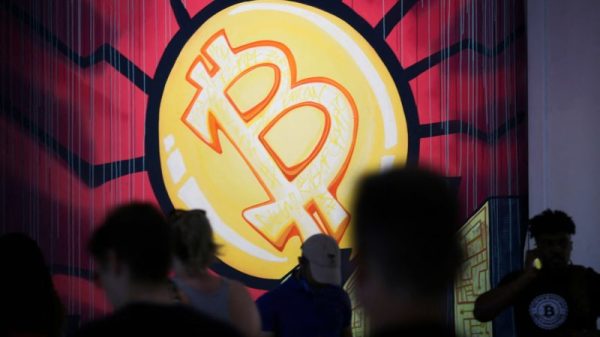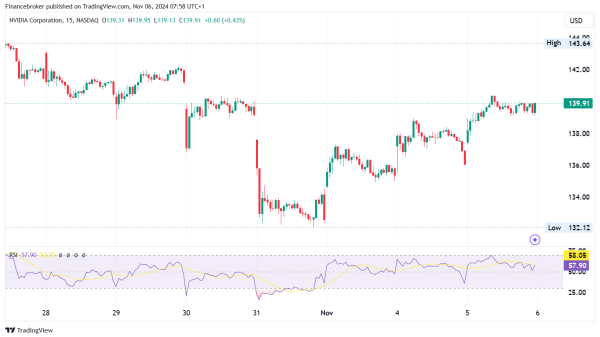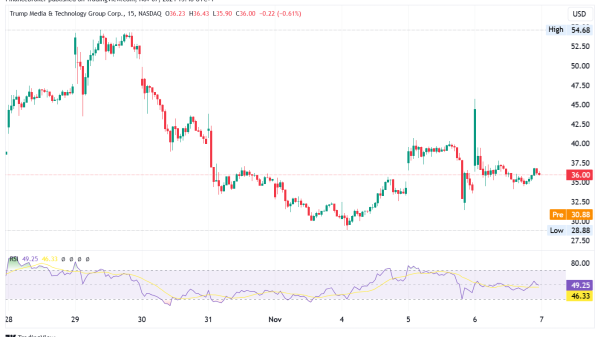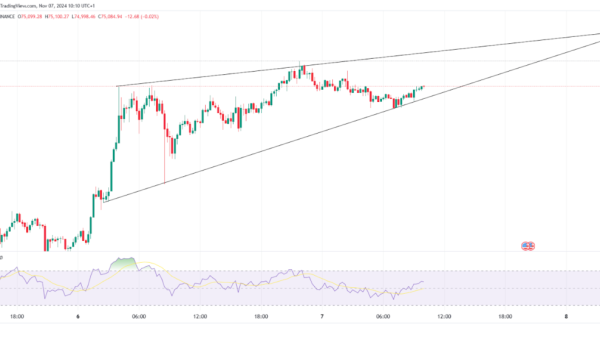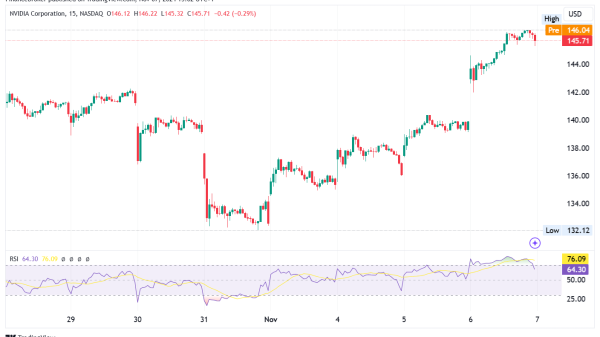Unlocking Market Dynamics: What Is a Breaker Block?
A breaker block holds significant importance for price action traders. It is worth noting that a breaker point is defined as a failed orderblock.
People who aren’t familiar with a breaker block may ask, “What is a breaker block?”
It is a concept that refers to the accumulation of orders at concrete price levels, where large traders, as well as market participants, are interested in either entering or exiting the market.
A breaker block emerges when the absorption of liquidity accompanies a shift in the market’s structure. This shift leads to the failure of an existing orderblock, giving rise to what is termed a breaker block.
For price action traders, this becomes a pivotal entry point into the market, signifying that large traders have either taken liquidity or scaled down their market exposure.
In order to spot bearish breaker blocks, traders first need to pinpoint a failed bullish order block. This occurs when liquidity is consumed on the upside, later causing the bullish order block to fail. Once identified, traders can capitalize on these bearish breakers by initiating trades and leveraging potential price reversals.
Understanding and recognizing these breakers enables traders to make well-informed decisions and potentially profit from the trend reversal. It is essential to note that breakers don’t guarantee a trend reversal and should be complemented with other forms of analysis.
Part two
Now that we have established how to identify breakers let’s delve into how traders can strategically place trades using this price action concept.
As stated above, traders have the opportunity to employ breakers as a point of entry into the market. Traders can execute trades at these breakers and position their stop-loss orders below the swing low to target the continuation of the trend in the new direction.
To pursue trend continuation, traders can identify the next source of liquidity, whether it is a fair value gap (FVG), order block, or internal liquidity.
Breakers hold a reputation as one of the most influential levels of interest in price action trading. This is due to their representation of a situation where traders find themselves trapped and new market participants are entering the scene.
When an order block, previously anticipated by traders, fails to materialize as expected, those who had gone long are now seeking to cover or exit their positions. Besides, new traders are entering the market once the breaker is identified, intensifying its significance.
Price action trading
As we already answered the question “What is a breaker block?” it is a good idea to learn more about price action trading and fair value back (FVG.)
Price action trading is a methodology that relies on the analysis of basic price movement as a means for financial speculation. Price action traders focus on the patterns of prices, using historical price charts to make informed decisions without the need for indicators that are derived from the price series itself, like moving averages or oscillators.
The core principle behind price action trading is that price reflects all available information to the market, including fundamental factors, market sentiment, and ongoing economic dynamics. This school of thought is deeply rooted in the ideas of the efficient market hypothesis, which suggests that asset prices reflect all known information.
Price action traders often look for high-probability trading setups in the form of patterns like pin bars, inside bars, and engulfing bars. These setups typically occur at key levels of support and resistance, which are determined through various methods such as horizontal levels, trend lines, and Fibonacci retracements.
Moreover, price action trading is not confined to a single time frame. Traders may use long-term weekly and daily charts for the broader trend context while employing shorter time frames for entry and exit points. This flexibility allows traders to adapt to different market conditions and tailor their strategies to their trading style and risk tolerance.
The main appeal of price action trading lies in its simplicity and applicability across different instruments and markets. Whether in forex, equities, or commodities, price action strategies can be employed, making it a versatile approach for traders who prefer to rely on the raw data of the market’s price movements without external indicators.
Fair value gap
A fair value gap (FVG) is a term commonly used in the context of financial markets.
It refers to the difference between the current market price of a financial instrument, such as a futures contract or an option, and its fair value.
The fair value represents the theoretical or calculated price of the instrument based on various factors, including the underlying asset’s price, interest rates, dividends, and time to expiration.
Key points to understand about the FVG include:
Calculation: Traders and market participants calculate the fair value of a financial instrument using mathematical models and pricing formulas. These models take into account factors like the current market price of the underlying asset, prevailing interest rates, and other relevant variables.
Arbitrage opportunity: When the market price of the instrument deviates significantly from its fair value, it can create an arbitrage opportunity. Traders may attempt to profit from this price discrepancy by taking positions that benefit from the convergence of the market price and fair value.
Part two
Market efficiency: The concept of the fair value gap is closely related to the Efficient Market Hypothesis (EMH), which suggests that asset prices in financial markets reflect all available information. If an instrument’s market price consistently deviates from its fair value, it could challenge the notion of market efficiency.
Risk management: Traders and investors may use the fair value gap as part of their risk management strategies. Recognizing when an instrument is significantly overvalued or undervalued relative to its fair value can help them make informed decisions about their positions.
Volatility: Events like economic reports, earnings releases, or geopolitical events can lead to temporary deviations between market prices and fair values. Traders often monitor these events closely to identify trading opportunities or manage risk during periods of heightened volatility.
It’s important to note that the fair value gap concept is primarily relevant to derivative instruments, such as futures and options, where pricing is based on the underlying asset’s value.
Traders and investors should have a solid understanding of the factors that affect fair value and be aware of how deviations from fair value may impact their trading decisions. Additionally, the specific calculation and use of fair value can vary depending on the financial instrument and the market in question.
To sum up, by strategically placing trades at breaker levels and aiming for trend continuation, traders can harness the insights provided by breakers and profit from price reversals. However, traders should always exercise caution and consider multiple factors when making trading decisions to ensure successful and well-informed trades.
The post Unlocking Market Dynamics: What Is a Breaker Block? appeared first on FinanceBrokerage.








